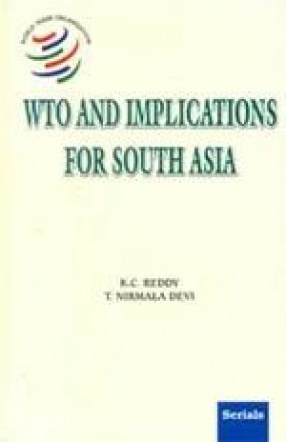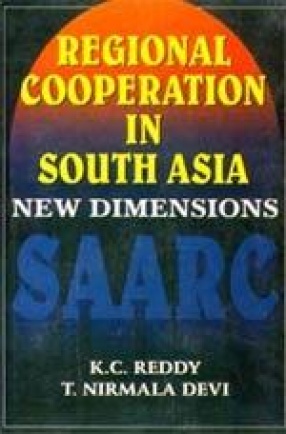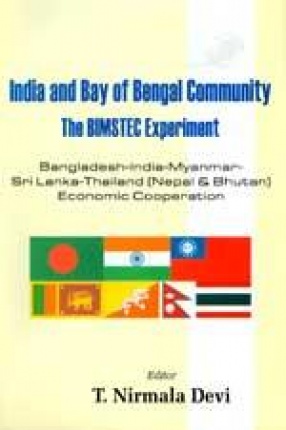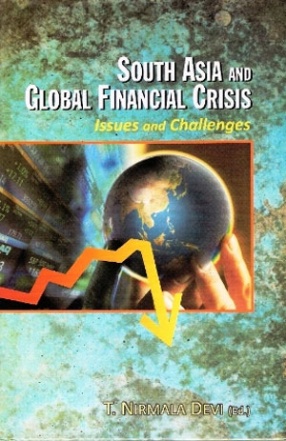WTO and Implications for South Asia
Synopsis
WTO is seen largely as a symbol of North-South conflict, due to divergent perceptions of the developed and developing countries on the Multilateral Trading System. This North-South divide is reflected in their Ministerial Negotiations where the rich countries try to impinge their ultimate authority over the global economy leaving thus limited options to the poor countries to defend their economic space, notwithstanding the fact that the developing countries account for nearly 80 percent of WTO membership. There is now a growing concern among the South Asian Countries, including the four least-developed countries on the restrictions imposed by the developed countries in the form of ‘new clauses’ in the WTO Framework. The initiation of liberalization in these countries in the early 1990s did not improve the trade prospects significantly. South Asian countries in general and India in particular is now taking keen interest in cooperating with the fellow developing countries and championing their cause at the international for a. This volume attempts to examine the different facets of implication of WTO on South Asia, viz., trade cooperation for development and poverty alleviation; agriculture; Singapore issues; health and intellectual property rights; and China’s accession into WTO and other related issues. It emphasizes the stand of South Asian countries to safeguard their trade prospects by protecting from the restrictions, imposed by the developed countries in several clauses under different agreements of WTO. It is hoped that his volume will become an important that this volume will become an important addition to the existing literature on WTO, as it covers the adverse affect of WTO on South Asia which has so far not been analyzed exhaustively.
Read more
45.00
40.5
$
50.00 $
Free delivery Wolrdwidе in 10-18 days
Ships in 1-2 days from New Delhi
Membership for 1 Year $35.00
Get it now and save 10%
Get it now and save 10%
BECOME A MEMBER
Books by the same authors











Bibliographic information
T. Nirmala Devi